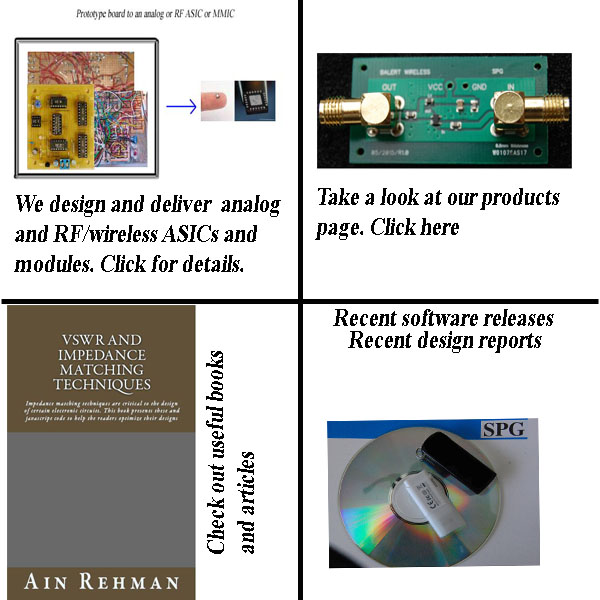The directional coupler is a very useful device that can be used to sample signals for analysis or control. Typically a directional coupler is used to return part of a RF power amplifier signal back to a control circuit for various functions such as controlling the output power or monitoring the RFPA performance. It is a four port device. Two ports are input port and output port which along with the connection, constitute the main line. The third port is the coupling port where the sampled signal appears. Finally there is the isolation port which is terminated in the characteristic impedance. Ideally no signal should appear there.
The directional coupler is defined by the following specifications:
| Specification | Description |
| Directivity | Measure of how well the directional coupler isolates the forward signal and the reflected signal from the output. Typically specified in dB. |
| SWR | Standing wave ratio. Typically specified as a return loss. |
| Coupling factor | Measure of the amount of signal coupled to the output port. Typically specified in dB. |
| Transmission loss | The total loss in the main line of the coupler. Typically specified in dB |
| Input power | Amount of power that can be applied to the input. ( dBm, dBW etc. |
Some suppliers of directional couplers are : Macom, Mini-circuits, Pulsar, Agilent, Narda Microwave .
Directional couplers can also be designed on – chip and on a board. If you need a custom directional coupler for on chip or on board application please contact us. Please visit the SPG website for more content of interest.



